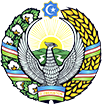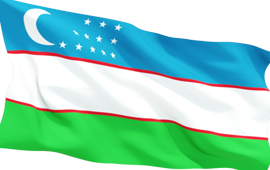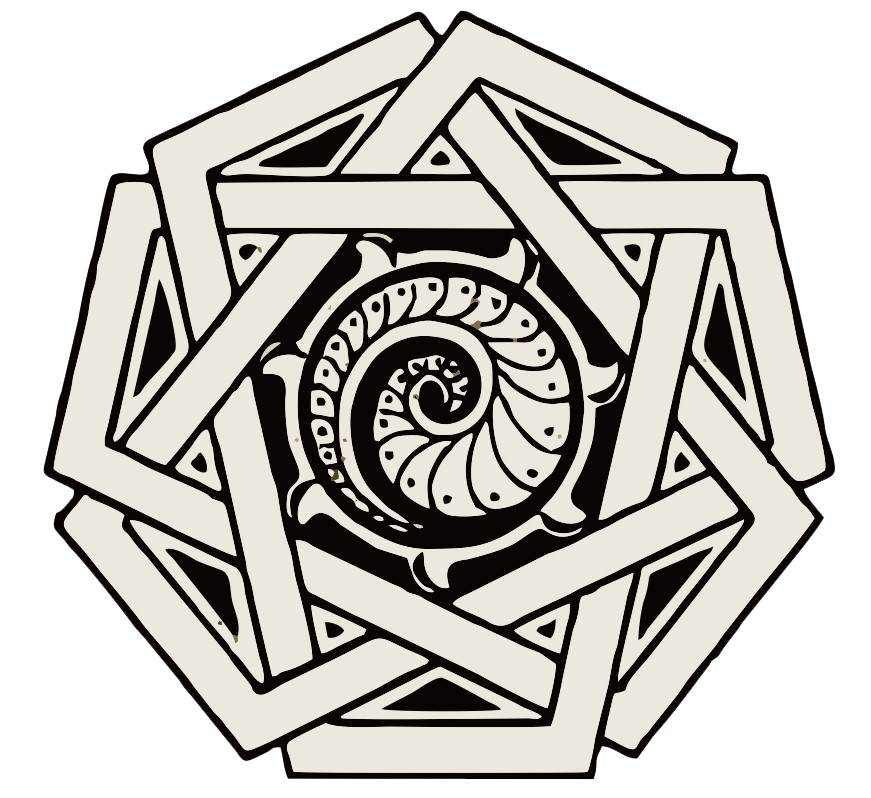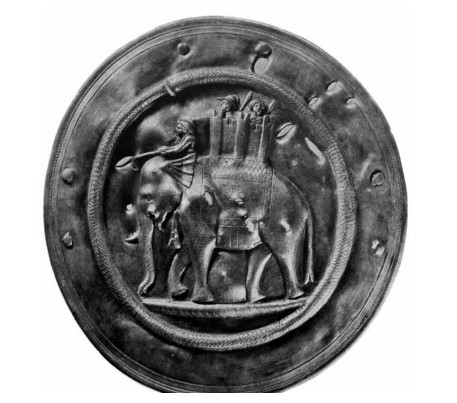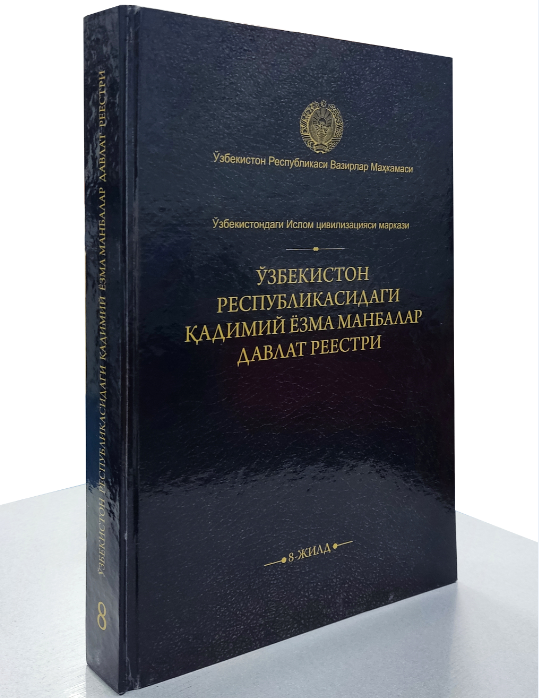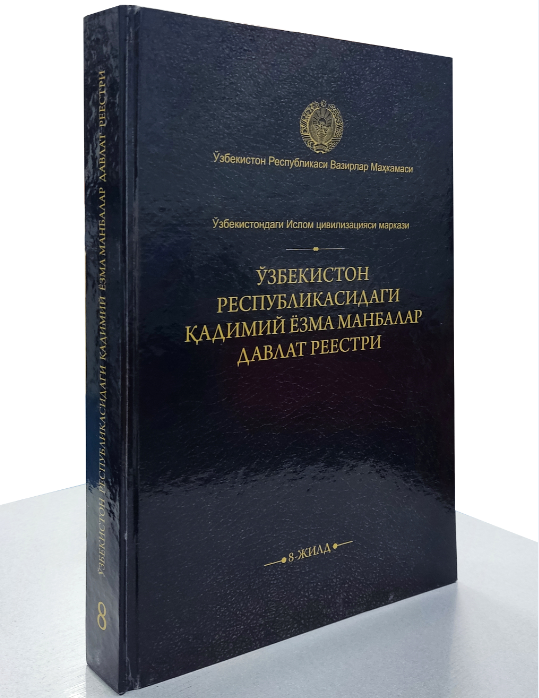The Bihistun inscription mentions all three large states of ancient Uzbekistan — Bactria, Sogdiana and Khorezmia, on the territory of which centers and schools of architecture, fine and applied arts were formed.The list of artisans mentions jewelers, blacksmiths, ivory carvers, weavers , manufacturers of bows and arrows, potters, but the most prestigious was the profession of “craftsmen who worked in gold and silver, and lead and tin, and copper, and bronze, and iron” (Trever, 1940, p. 14). They made vessels, bowls, jugs from both precious metals —silver and gold .Toreutics made of precious metals were often traded and presented as gifts to rulers and noblemen, at the same time providing cultural information about the country and the traditions of the manufacturing center. Another important feature of precious metal products was their purpose for the privileged class - rulers and nobility. This explained the nature of the images and plots of these toreutic subjects, reflecting the tastes and preferences of the aristocracy, familiar with the traditions of the Hellenic, ancient Iranian or Indo-Buddhist culture, and not always understood by the wider strata of the population. The historical wandering and migration of objects made of silver and gold in the ancient and medieval period, the imitation of local craftsmen with imported products contributed to the formation of universal features, the similarity of technological, artistic techniques and common themes in the decor of objects originating from different regions. In contrast to the attribution of pottery, which was rarely exported and was found in well-dated archaeological layers, when characterizing the items of Eastern toreutics, researchers often made mistakes and discrepancies in the localization and dating of the same items of torvette. Ultimately, this distorted the picture of the description of a particular period in the history of the art of the region, leading to an incorrect assessment of the local characteristics of a particular art school.The history of dating the so-called “Bactrian bowls” made of silver, the production of a number of samples of which was associated with the southern and central regions of ancient Uzbekistan, also experienced a similar drama - Kushan Bactria or Bactria-Tokharistan, as well as Sogd and Khorezm (Smirnov, 1909; Trever, 1940; Stavisky, 1960; Marshak, 2017). The presence of rich deposits of silver and gold, the production of which in antiquity and the Middle Ages is well known from historical sources, also speaks in favor of the possible production of products of their precious metals on the territory of ancient Uzbekistan. The history of the dating of the so–called “Bactrian bowls” made of silver also experienced such a drama, the manufacture of a number of samples of which was associated with the southern and central regions of ancient Uzbekistan - Kushan Bactria or Bactria-Tokharistan, as well as Sogd and Khorezm (Smirnov Ya. I. 1909; Trever K. V. 1940; Stavisky B .Ya. 1960; Marshak B. I. 2017).A deep and systematic study of the Greco-Bactrian and Kushan toreutics began with the publication by Smirnov at the beginning of the 20th century of the Atlas of Oriental Silver from the Hermitage Collection (Smirnov, 1909). Various items of silver and gold, made in the period from the 8th century BC until the 13thcentury AD, are kept in the State Hermitage Museum of Russia and represent one of the most numerous world museum collections of oriental silver. Over the past 2-3 centuries, as a result of both collecting activity and accidental finds, a large number of oriental items made of precious metals have made up the collection of the State Hermitage. They came to the territory of Russia in the course of ancient trade relations and were found in various villages and villages from the Urals to Altai and Eastern Siberia.
